Widowhood, Natural Pigeon Racing, by Robert Mihaila
 For a long time I get many questions from the English speaking fanciers around the world to do an article about widowhood. As a system practised by myself for about 25 years did not reveal any secrets for myself, I could not see any reason to put my method on paper for the fancy. But the fancy “said” when you win the 1st Semi-National Championship three times in four years and flying 60 kms to the back, your system must be something special if you can motivate your team a whole the season long and to achieve such great results. And that’s the most important part of my method: motivation!
For a long time I get many questions from the English speaking fanciers around the world to do an article about widowhood. As a system practised by myself for about 25 years did not reveal any secrets for myself, I could not see any reason to put my method on paper for the fancy. But the fancy “said” when you win the 1st Semi-National Championship three times in four years and flying 60 kms to the back, your system must be something special if you can motivate your team a whole the season long and to achieve such great results. And that’s the most important part of my method: motivation!
The loft set-up
In almost any loft you can fly the widowhoodsystem. However there are some points that matter to me personally:
The boxes should be on one side of the loft. This to keep the cock’s quiet on the loft. When they can see each other constantly they are all day busy watching, while they should be sleeping lying on one wing. I would prefer to have all boxes at the backside of the loft. From the training or from the race the cock can fly straight into his box or returning from the race, sitting on the windowbench, he can see his hen right in front of him closed in the box. Any box suits as long as you are able to shut the hen in when the cock returns from the race. There are quite some types of nestboxes, however I prefer the type were they are the closest together. It’ll give you quite some problems in the mating period and getting them used to the box, but later on you’ll notice why it is better so.
The windows should be big in order to let them fly in and out easily while training. In this way they can practise the landing and trapping and won’t be so easily scared in the beginning. If you have much time to get the widowers used to yourself you can trap them in their own box. However I prefer to clock them outside the loft in a kind of a stall-trap because this is quicker. And there is no catching and running around inside the loft that will make them loose time returning from the next race.
Important is to keep the cocks as quiet as possible on the day. This means that the fancier should keep himself far from the loft on the day, except from his normal routine coming and going. You’ll notice how easy you can disturb them and how long it takes them to be quiet again. Important is that you can darken the windows so much that they cannot look out. I just put some white removable paint on the windows. To make the loft totally dark is old fashioned. I have glass tiles in the roof giving the sun the possibility to shine straight into the nestboxes and to make the temperature more comfortable.
The winter time
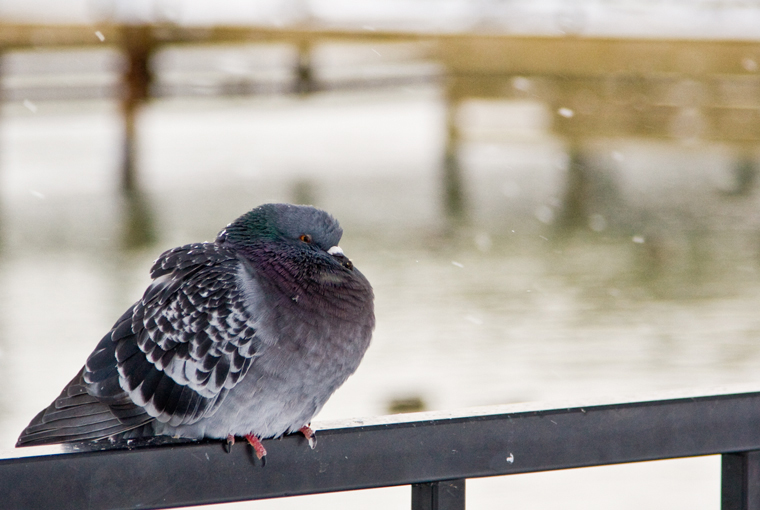 Myself I separate the sexes half November. Till that time they train once a day, after the separation only once a week on Saturday. From half December till the birds are sitting on their first eggs again they don?t come outside for a training at all. I think there is no need to train your birds hard in winter time. Better it is to slow the training down so you can build it quietly up again.
Myself I separate the sexes half November. Till that time they train once a day, after the separation only once a week on Saturday. From half December till the birds are sitting on their first eggs again they don?t come outside for a training at all. I think there is no need to train your birds hard in winter time. Better it is to slow the training down so you can build it quietly up again.
Half December I move the old cocks to the youngbird loft and I put the young cocks on the widowhood loft were they can choose free out of the remaining nestboxes without being chased away by the old cocks. Doing so helps the young cocks building up their personality and the old cocks will have quite some problem defending their own box from the attacks of the young cocks later on! Take care that the young cocks cannot take another resting place than only a nestbox.
Important is that you sort the cocks without almost any personality out. When you have room for 10 young cocks put 11 in and the one with the least personality gets no box and I select those out no matter how good his results were as a youngster. Later on you have to get track of the troublemakers in order to get peace and quiet in the racing season. When I spot a troublemaker I just put him in another section till they all are happy and no one is being chased after because one cock hates the other.
Mating time
Depends totally from the time racing season starts and from the way you want to start! Raising youngsters or not. To put them on widowhood from eggs or feeding a youngster for a couple of weeks. Dry widowhood or just normal. When you have made your choice how to do it, just figure out back in time(28 days feeding a youngster; 17 days sitting on eggs; 12 days chasing to get eggs in the nest) when you have to mate them up. The ways of how to put the cocks on widowhood will be explained later on.
Preparation for mating
As soon as the birds aren?t training anymore in wintertime they get 2/3 moulting mixture and 1/3 barley once a day and what is left over is removed. When they are going to be mated, prior 4 days to that date, I change to 1/1 breeding mixture. But they get that much so all is eaten the next day. Feeding is in the boxes till all are sitting on eggs.
Important is to give them extra light from 16.30 o’clock(sundown) till 19.00 o’clock. The extra light time is put till 20.00 o’clock 2 weeks before mating. This really helps the pairs to “click” right away. When mated the lights are on till 21.00 o’clock and in the morning from 06.00 o’clock till 09.00 o’clock. When all pairs are with eggs the lights in the mor-ning are off again; the same moment the lights in the evening are off again at 19.30 o’clock. The lights are totally off when the youngsters are about 2 weeks old.
With widowers I feel that love for the partner is of highest importance. When I see that there is some dislike I immediately change partners. What I further do is that birds stay in their old nestbox, this to avoid fighting as much as possible.
Some cocks really are heavy fighters and you can see they even like it and keep on doing that. In regard to such cocks I have for you a small trick: to fight well a cock needs to put his feet well and wide on the ground in order to push hard. Just attach both his feet to each other with a piece of plastic wire or a thread that keeps his feet at a distance of 4, 5 cms from each other. In this way he can move around but has much trouble to fight. You’ll see it really works! After a few days remove the wire or thread and all is back to normal.
How do we put our cock’s on widowhood?
As mentioned before there are quite some different methods how to put the cock’s on widowhood:
Do you want to have youngsters from the racers or not.
Does your racing season starts early or late.
Give climate conditions possibility to mate early or not.
Those things matter most for us.
Myself I mate early and I wait for a period when it is warmer so the birds have less trouble getting eggs and I adapt the system because I only raise youngsters from the breeders.
The classical way
The classical way to put the cock’s on widowhood is raising 1 or 2 youngsters and after sitting 10 days on the second round of eggs it is so far. The cocks are put in the basket for a training toss and when they return the hens are removed and put in the widowhen compartment. The cock’s are let out for a training around the loft and before they are let in the nest and eggs have been removed, the nestbowl has been cleaned and turned around. Now they are on the widowhood system. The best time to do this is 2 weeks before the first race. You’ll find the cock’s the first week a little bit difficult to handle, because they react the first week quite nervous. The second week, after having seen the hens once, all is going better.
The half classical way
When you have less time to follow the above system you can put all hens with the youngsters at age of 17-21 days in the youngbird section. The hens now feed the youngsters and are put in the widowhen compartment when the youngsters are about 4 weeks old. This system is about 2, 3 weeks shorter in time than the classical way, which I prefer to this. Feeding a youngster is loosing energy and I like the cock to get some extra weight again before the racing season starts.
Flying from a youngster
You can let the cock feed the youngster till it is 4 weeks old and is put on the youngbird loft. This system certainly costs the cock energy. Once I tried this system in 1 section one time, but in relation to the other team’s results it was worth nothing so I never tried it again. A possibility is when you can store the hens next-door and let them twice a day feed the youngsters while the cock’s are training. In this way feeding the youngster and training twice a day costs less energy.
Dry widowhood
This is the system I personally like best. My experience is when you follow this system the results of the cock’s stay good for about 5, 6 weeks. When you follow the classical way the results are getting worse after 3, 4 weeks. This may be because of a less quality birds problem, but normally it is a more a natural problem. When the cock finds his hen after the race their is only one thought: he wants to keep her and chase her on eggs again. And when the fancier removes his hen each time after a short while, the cock easily gets disappointed and that is translated in the results.
That problem is solved following:
They can get used to the system and find after 2 training tosses their hen in the nestbox. After 2 weeks they can keep their hen, get eggs again and after 10 days sitting on eggs the real widowhood season starts. To my experience following this system the cock’s have better results for a longer period than normal. When you feel the “dip” comes moving in you have to start using tricks. About the tricks later.
If you liked this article and would like to learn more about the widowhood system and other training and racing systems like double widowhood, celibacy, darkness and others then click here.
Widowhood, Natural Pigeon Racing by Robert Mihaila
The Leading Online Pigeon Racing and Racing Pigeons Magazine – The Pigeon Insider

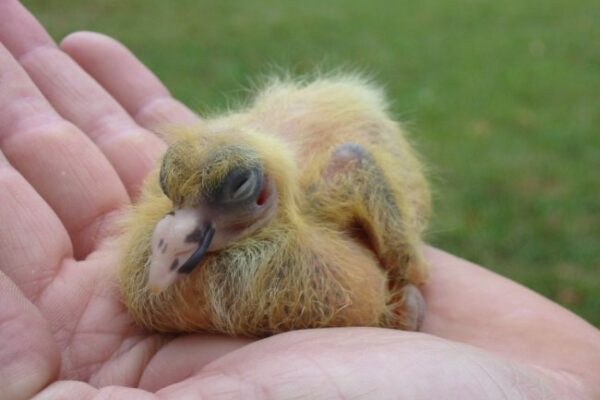
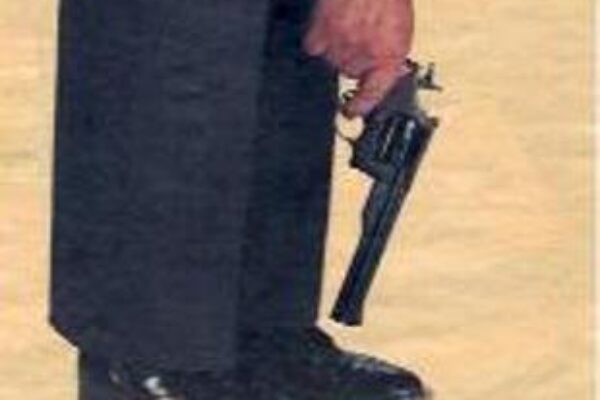

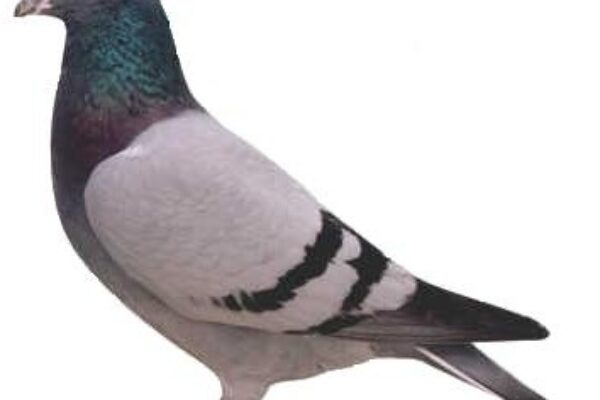

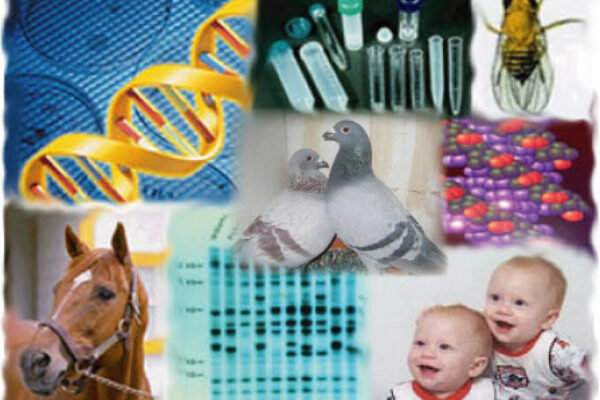


Gracias, linda informacion.
Widowhood, Natural Pigeon Racing, by Robert Mihaila
Stimate Robert,
Eu nu stiu bine limba engleza si de aceea banuind dupa nume ca sunteti de origine din Romania am sa va scriu in limba romana.
Articolele scrise de dumneavoastra sunt foarte interesante si pline de informatii utile , insa eu nu inteleg toti termenii tehnici sau nume de produse specifice din piata americana.
de exemplu nu inteleg cum se traduce mazare artar sau ce-nseamna cazatura de pe cal. Cu respect Claudian Jecu Olt-Romania [email protected]